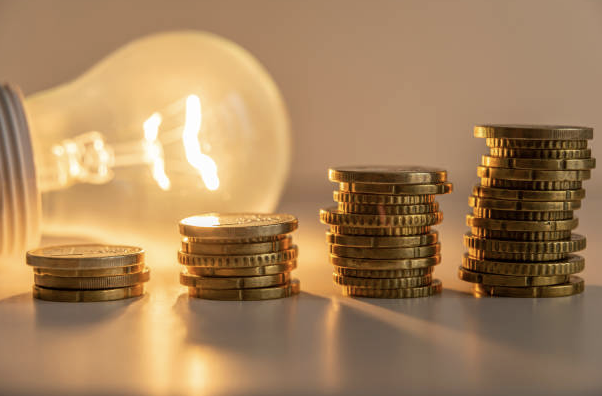
If your monthly energy bill has been creeping higher with no end in sight, you’re not alone. Across the country, millions of households, especially retirees and those living on fixed incomes, are feeling the strain of rising utility costs. But there’s a glimmer of good news this November: a new initiative from one major energy provider promises to return up to $432 to customers’ pockets over the next two years.
A ray of relief: What’s behind the $432 savings?
After a summer of record-breaking utility bills, CenterPoint Energy, a major provider in Southwestern Indiana, is launching two “Community Affordability Actions” designed to help customers weather the storm of rising costs. The company’s plan is twofold: immediate bill credits and a longer-term commitment to keep rate increases in check.
Here’s how it works:
Immediate Savings: By the end of this year, CenterPoint customers will see about $3 shaved off their monthly bills through a mix of credits and adjustments. It’s not a windfall, but every little bit helps, especially heading into the colder months.
Long-Term Relief: Starting in early 2026, the company promises to keep any future rate hikes at or below the rate of inflation for at least two years. For the average residential customer, this translates to approximately $18 in monthly savings, or roughly $432 over two years.
"We have clearly heard our customers’ concerns about energy affordability. We sincerely apologize for our customers’ frustration and are determined to take action."
Also read: New winter relief program could help lower your heating bills this season
Why energy bills have spiked nationwide
CenterPoint recently secured an $80 million annual revenue increase to pay for infrastructure and grid upgrades. The result? A 25% jump in residential bills compared to last year, according to the latest state survey.
For many, these increases have been more than just an inconvenience; they’ve forced tough choices between paying for groceries, medicine, or keeping the lights on. In fact, a recent PowerLines survey found:
- 64% of Americans say their electric and gas bills have gone up in the past year.
- 63% report that these bills are adding to their financial stress.
- 48% believe rising utility costs are a bad sign for the economy.
- 60% don’t know which state or local agency regulates their utility rates.
It’s no wonder that some consumer advocates have called the new credits “a drop in the bucket.” Christopher Norrick, a representative with Direct Action Against CenterPoint Energy, didn’t mince words: “It’s almost offensive in my opinion, if you’re claiming to want to provide some significant relief.”
Indiana State Representative Alex Burton sees the new program as a step in the right direction, but he’s pushing for more. “We have to keep working towards solutions and finding long-term goals and solutions that are greater than, you know, $20 in savings,” he said. Burton also pointed out that high utility costs are driving some Hoosiers to consider moving to neighboring states with lower living expenses.
Also read: Help with rising energy bills: See if your state offers relief
Winter energy-saving strategies
With winter approaching, CenterPoint is launching a winter savings campaign focused on energy efficiency. Here are proven strategies that can help seniors reduce their bills:
- Weatherization: Seal gaps around windows and doors with inexpensive weatherstripping or caulk
- Smart thermostat use: Lower your thermostat by 7-10 degrees when you're asleep or away from home
- Layer smartly: Wear warm clothing indoors so you can keep the thermostat a few degrees lower
- Use sunlight: Open curtains on south-facing windows during the day, close them at night
- Maintain your heating system: Replace furnace filters regularly and schedule annual maintenance
Also read: 5 things that drain the most electricity in your home
Getting help with utility bills
Beyond CenterPoint's relief program, several assistance options exist for seniors struggling with utility costs:
- Low Income Home Energy Assistance Program (LIHEAP): Federal program that helps with heating and cooling costs
- Energy assistance programs: Many counties offer emergency utility assistance
- Weatherization assistance: Free or low-cost home improvements to reduce energy use
- Medical equipment assistance: Special rates for seniors using life-sustaining medical equipment
- Budget billing: Spread costs evenly throughout the year to avoid seasonal spikes
Read next:
- Automatic $1,000 energy bill credit hitting bank accounts on November 15—see if you qualify
- Are you eligible for December’s $350 energy credit? Here’s how to find out
- Don’t miss your chance to get up to $3,200 in energy savings before December 31
What's your experience with rising utility costs? Have you found effective ways to manage your energy bills, or are you still struggling with the recent increases? Share your thoughts and tips in the comments below—your insights could help fellow readers navigate these challenging times.






